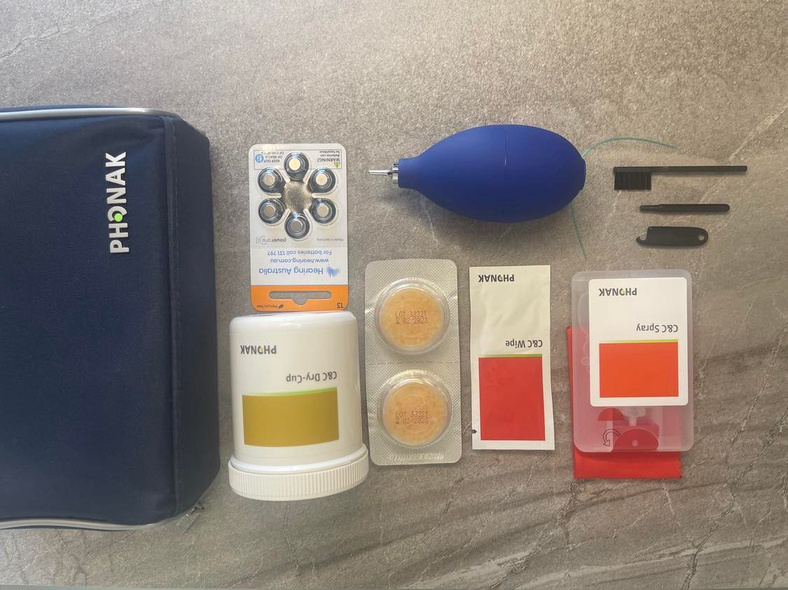EZRA's
Hearing Aid
Hub
Videos and information for teachers and carers of Deaf and Hard of Hearing Children
Roger Microphone
Hearing Aid Anatomy
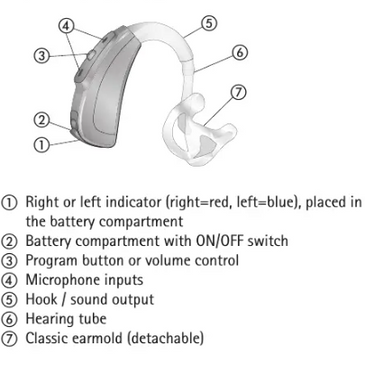
Check that the battery is working
The hearing aids will make a feedback noise that sounds like whistling when they are not in the ear. Hearing this sound is the best way to tell if the battery is working. A great way to test this is to remove the hearing aid from the ear and give it a very gentle squeeze bringing the ear mould close to the microphone on the device.
Menu
Fitting the hearing aid

To fit the hearing aid pull the Helix and the Anthelix away from the Tragus, enlarging the Concha area.
Guild the mould into the ear canel.
The top of the mould should sit in the Fossa Triangularis, not on top.
The Antitragus, Intertragal notch, Tragus and Fossa Triangularis should hold the mould in place.
If you hear whistling feedback, it may need to be reinserted.
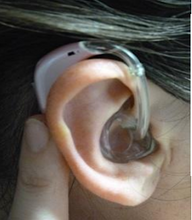


Menu
Battery Replacement
Ezra's hearing aids are running on small size 13 button batteries. Each battery lasts approximately 1 week. Ezra will usually tell you if his hearing aids are not working, however not always. If you notice Ezra's hearing aids flashing, it means his batteries need replacing. Otherwise if Ezra is not being attentive, having trouble understanding or following instructions in might be good to ask him if they are working. Even then he may say he is fine. The other way of checking is taking them out of his ears and doing the feedback test. We recycle our batteries, so please feel free to pop them in a zip lock bag in his kit and we'll collect them through the year.
Each hearing aid has a different procedure to change the battery. However its as simple as using the little door hook, prying open the door and replacing the battery.
Menu
Cleaning & Blockages
When there is a blockage, whether it be from ear wax or discharge, the hearing aid is unable to transmit sound from the receiver into the ear. Ezra may tell you that he cannot hear or that its 'not working', if he doesn't please watch for signs that he is not paying attention, such as no responding, or doing a task correctly. It's always good to do the feedback test even if Ezra says it's not working. If the blockage is deep in the hard plastic hook it's best to remove the hearing aid from the ear for the day and we will get Hearing Australia to replace the hook. If the blockage is in the soft tubing or the mould it's a lot easier to remove yourself, and will only take a few minutes.
Menu
Keeping Them Dry
The Dry Cup.
Unfortunately Ezra's hearing aids are not water resistant and need to stay dry. (Wearing them in light to medium rain is ok, and fine if he is wearing a hooded raincoat.)
If they do end up in water it's best to work fast to get them into the dry cup.
- Remove the battery, and tube with mould attached.
- Place a dry capsule into the bottom of the dry cup and place the hearing aid into the dry cup basket.
- Secure for 8 hours or overnight.
Menu
Roger microphone
Roger
The Roger microphone connects directly to Ezra's left hearing aid and has a range of about 20m if there are no walls or obstacles in the way. On full charge its about 11 hours use.
This tutorial is from Ms. Thomas, a teacher who works with Hard of Hearing and Deaf Children. For her other videos on classroom tips the link to her Youtube Channel is here.
Menu
iN THE CLASSROOM
TIPS FOR HELPING KIDS WITH HEARING LOSS

- Evaluate and monitor internal classroom noises on an ongoing basis. Air conditioners, heating systems, computers, projectors and light fixtures can all contribute to internal background noise, making hearing difficult. Most of us simply "tune out" these sounds unconsciously. But for a child with hearing instruments it is not always that easy. Have equipment serviced regularly to eliminate noise created by malfunction. And look for areas where adjustments can be made to improve classroom acoustics:Acoustically-treated low ceilings
- Carpeting (floors, and even parts of walls)
- Well-fitting doors
- Thick curtains; acoustic panelling
- Use of absorptive materials on hard reflective surfaces (cork bulletin boards etc.)
- Windows and doors closed during instruction.

Reduce external noise as much as possible by evaluating your classroom location. Avoid areas where groups of children congregate. Even simple things like shrubbery just outside the classroom windows can help reduce external noise.

Make sure your lips are clearly visible. Face the class, when speaking.

Seat the pupil for optimal listening and visual cues within the classroom. Ideally, this should be with the pupil's back to the window, seated one third of the distance of the room from the teacher, not in the front row directly beneath the teacher.

Check with pupils periodically to be certain that they can hear you well. Speak clearly, but do not yell. Even though a child may be wearing hearing aids, normal hearing cannot be achieved. Seating hard-of-hearing pupils near the front of the class should be strongly considered

Question pupils regularly regarding their understanding of written and oral directions. Do not assume that these are understood. Ask the pupil to repeat your instructions, rather than simply asking him/her if he/she heard you. Take care not to focus or single out the pupil with the hearing loss too much.
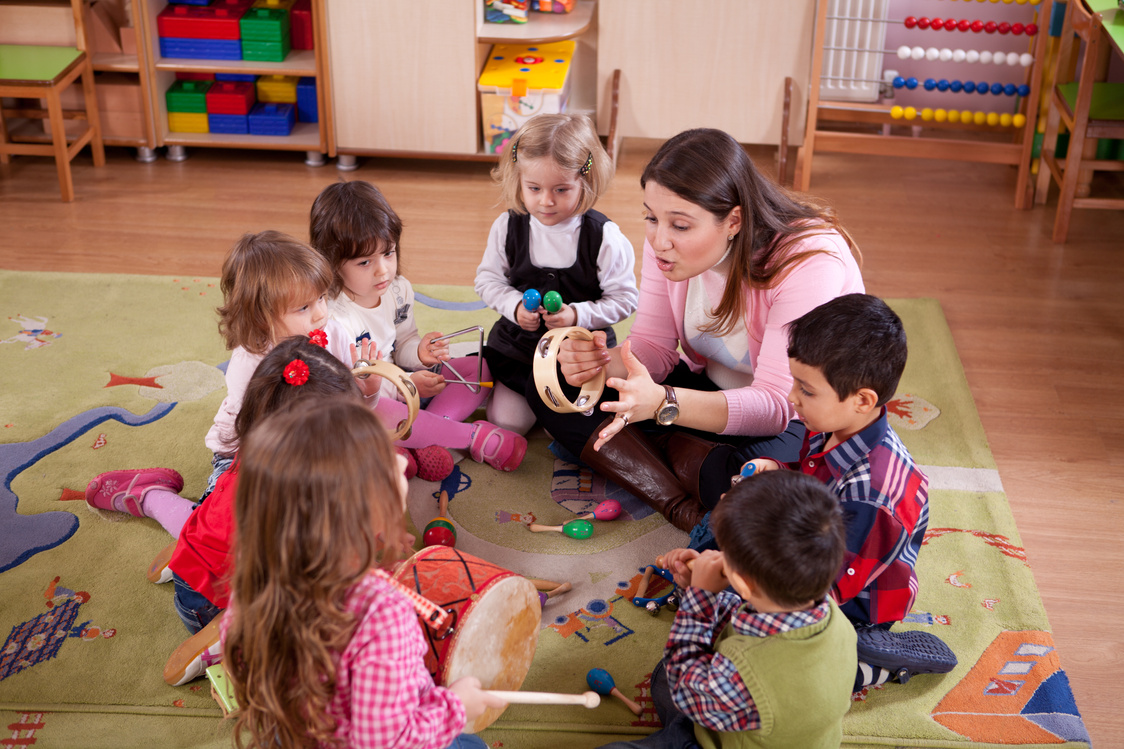
A pupil with any type of hearing loss should face away from windows to avoid light shining in his/her face. The face of the speaker should be in good light. Speaking face-to-face enables the listener to utilise visual cues such as lip reading and facial expressions. Speak in a normal tone of voice, without exaggerated lip movements.
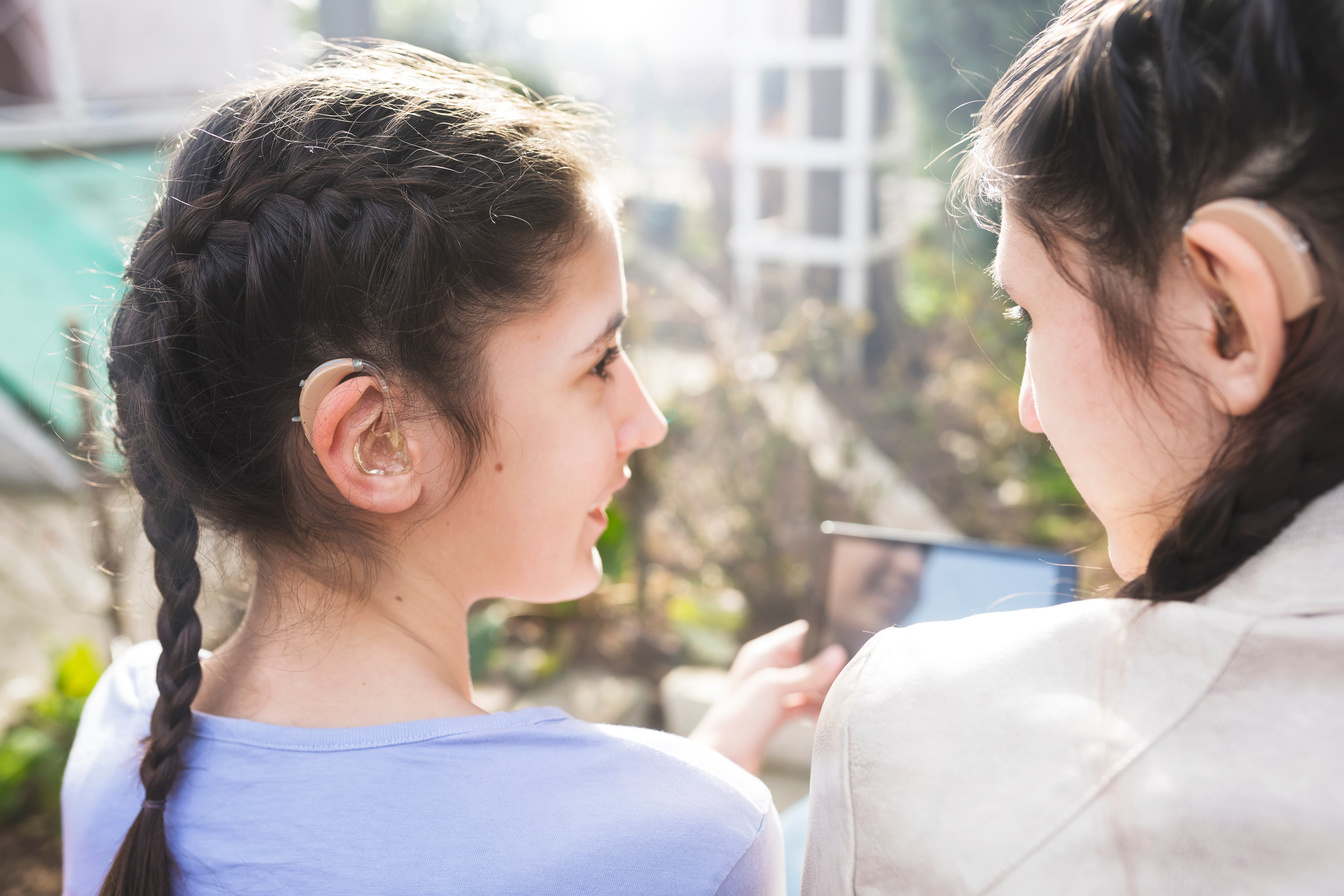
Students with hearing loss exert more listening effort than their hearing peers when processing speech. Lip reading, interpreting expressions and filling in the gaps in conversations involve active concentration, often for extended periods, and this can cause significant fatigue. Fatigue can affect the child’s classroom performance, capacity to learn effectively, social relationships and quality of life.
Recognising the signs of listening fatigue
There are physical, cognitive, and socio-emotional indicators of fatigue in children. The student may lose focus on the task at hand, stop participating in class, appear distracted, irritable, tired, or even rest their head on their desk.
They could complain of headaches, display anxiety or stress, or become emotional. Children and adolescents might be reluctant to participate in activities after school or join in social situations that require listening.
Listening Fatigue
- Optimise the listening environment through acoustic treatments of the floor, ceiling and walls in the classroom.
- Minimise background noise and provide good lighting in the classroom.
- Encourage students to wear their hearing devices consistently in the learning environment and use assistive technology where appropriate.
- Always provide captioned audio-visual content.
- Schedule teaching tasks that require substantial listening in the morning when the child is more likely to feel fresh and alert.
- Allow the student to have some quiet time or remove their listening devices for a time. Give a pass card to the student, which allows them to leave the classroom discretely if they feel anxious or overwhelmed. They will need an allocated quiet and supervised place to go when they leave class.
Menu
